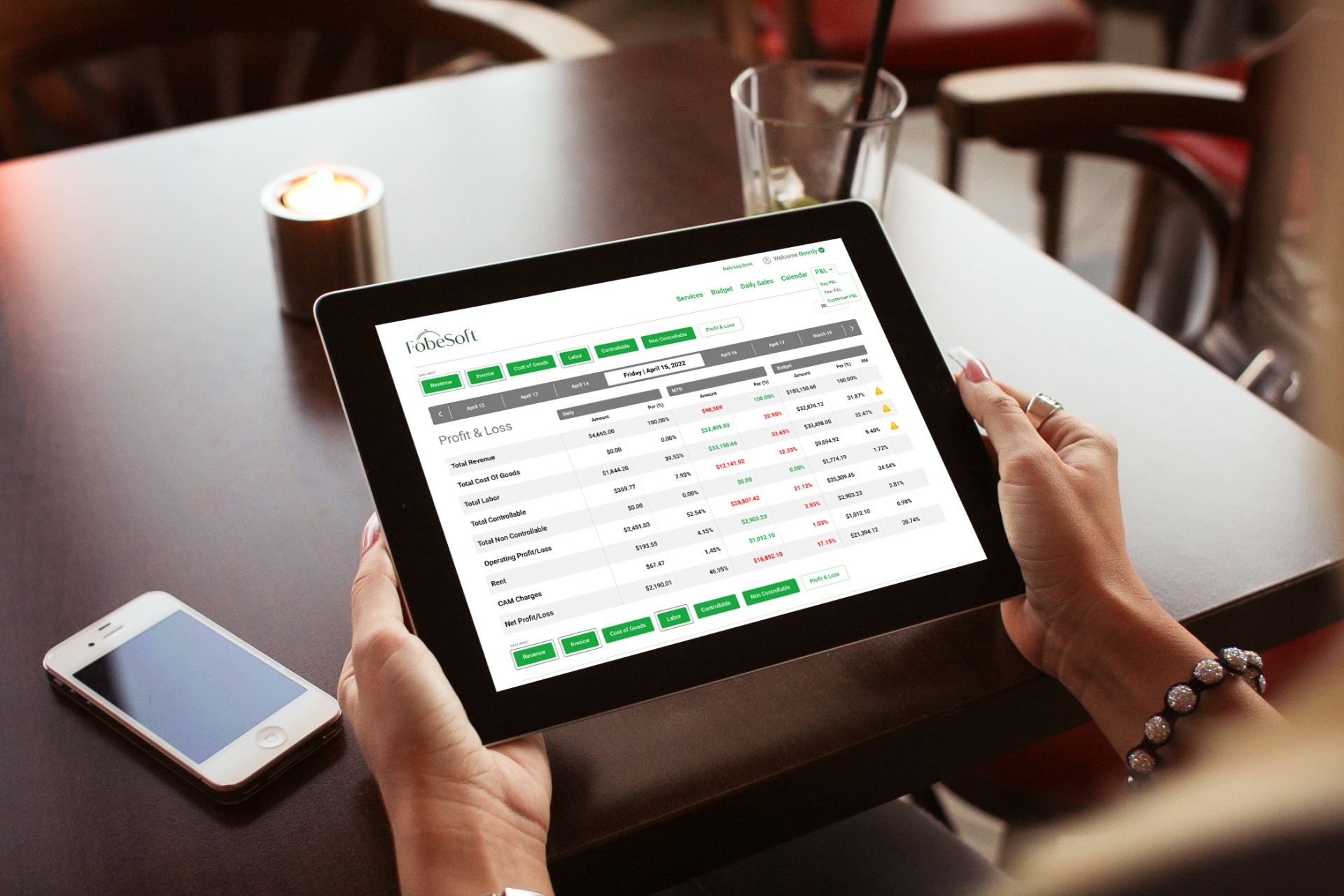Convertible debt remains a key tool in the arsenal of early stage food and beverage companies. But like all innovations, whether in food or financing, things change over time. Over the last two years, the market for convertible notes has shifted, with the financing instrument becoming a more sophisticated, and in most cases, a less founder-friendly financial tool.
Convertible notes still have the same structure : a loan by an investor with a nominal interest rate and a maturity date typically between 12 and 24 months that will mandatorily convert into equity upon a negotiated qualified financing. Additionally, notes typically convert into equity voluntarily upon a non-qualified financing, and these days, mandatorily at maturity. But in each case, the pricing of the conversion may vary. In connection with a financing event, the conversion will typically be priced at the lower of a discount (typically around 20%) applied to the price applicable in the financing event or a fixed or floating capped price. In the case of maturity or upon a sale of the company, the cap is usually set at a negotiated amount which may be lower than the cap which would apply in a financing event.
So what has changed? What’s new over the last few years is what happens after the notes are issued. Traditionally, the risks of notes for entrepreneurs were focused upon the behavior of the holder of the notes — the risk that, at maturity, if there was no forcible conversion, the noteholder would be in a leverage position to foreclose on the company and snatch the company for the value of the debt. But even where you have true “friends and family” and such foreclosure risk is not meaningful, there remains a problem in the current market. And that problem is: that the days of “free equity” are over.
In prior years, the next investor — the one in the qualified or unqualified financing who represents the real equity round — historically treated the notes as if they were an advance on new money. This means that the notes were treated as part of the “post-money” and not the premoney capitalization of the company. As an example, if an entrepreneur raised $2 million in notes, and then found an equity investor to add $5 million at a $10 million premoney value, it was treated as if $7 million dollars was being invested at the $10 million premoney value. In such deal the shares issued upon conversion of the notes would typically be issued at the discounted or capped price. This led to a few odd outcomes.
First, the investor who thought they were buying one-third of the company would find out in that scenario that they owned a substantially lower percentage. Second, the value of their investment actually decreased at the moment of their investment, because while they were buying full price shares, the noteholders were buying shares at a discounted or capped value.
Today’s market is different. Many investors are now laser focused on the post-money valuation and treat all preexisting notes or other convertible instruments as part of the premoney capitalization of the target company. Using the prior example, the new investor would treat the $10 million pre-money valuation as including not just the value of the equity but also the value of notes. This means that the preexisting equity holders absorb 100% of the dilution not just from the principal and interest under the notes, but also the value consumption effects of any cap or discount. In this scenario, the post-money valuation does actually equal $15 million, and the investor gets the one-third they bargained for. Correspondingly, the preexisting equity might represent only $7.5 million in value or so, given that the principal, interest and discount or cap effect of notes are being treated as the remaining $2.5 million. If the clock was wound back in time, and the entrepreneur could have raised the initial note investment dollars at between $7.5 million and $10 million, they would have suffered less dilution had they done the deal as equity and not as debt.
There is also no doubt that the second scenario is more economically rational. If the notes were not convertible, the company would have a $2+ million obligation. It would be strange if an identical company without such debt was valued in the same way. Treating the notes as a deduction against enterprise value is both rational and consistent with how more mature companies are valued by private equity markets.
One key problem with the change in the market is that there is often a lack of early communication about these issues. While entrepreneurs and investors may agree on the $10 million premoney valuation, the investor is talking about enterprise value (before the deduction for the debt), and the entrepreneur is talking about equity value. This can lead to disconnection and misunderstandings between the parties that can blow up deals.
Most importantly, this change by Series A investors in the treatment of the notes means that entrepreneurs should anticipate that the company will have to build value fast enough to overcome the debt itself, as well as the interest, discounting and cap effects of the notes. If the company is not on a high growth trajectory, the notes which were selected to permit the company to build equity value, may actually serve to create more dilution than had the company initially accepted an equity investment.
This article was prepared by Jeremy Halpern, the co-leader of the Food and Beverage Group at Nutter McClennen & Fish LLP. For more information, please contact Jeremy or your Nutter attorney at 617.439.2000.








